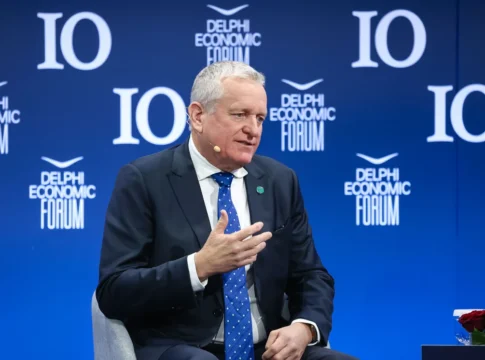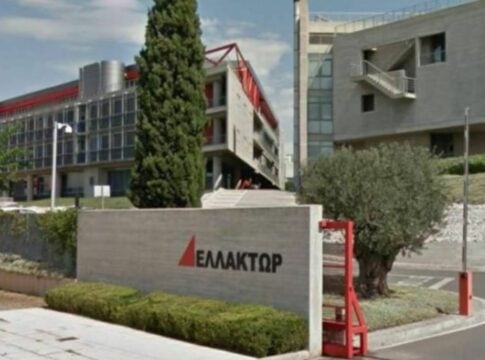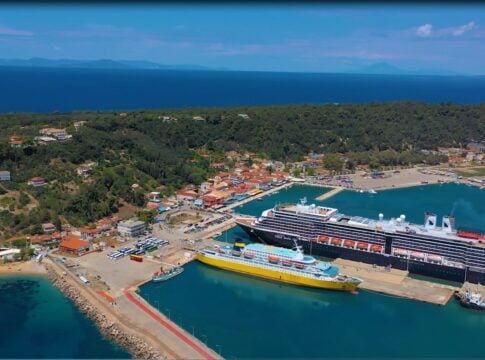Greece’s major infrastructure projects, from highways to energy infrastructure and logistics are financed by syndicated loans, in which all or most of the systemic banks participate.
The distribution of the big “tickets” among the four systemic banks – Eurobank, Alpha Bank, Piraeus and National Bank – is of interest, as well as the inclusion in the financing scheme of smaller banks such as Optima and Attica, which make up the emerging fifth banking pillar.
Through syndicated loans, the credit risk is shared among the credit institutions since it involves financing of hundreds of millions of euros – even more than 1 billion euros – which cannot be “raised” by a single credit institution. The agreement with the company or consortium that builds the project is usually concluded with one or two banks in the first phase – the financing leaders – and then the rest of the systemic and non-systemic banks are added to the loan.
Regarding the pricing of mega-loans, the inverse quantity-price relationship applies, as the larger the loan, the more the spread that is added to Euribor is compressed. It is worth mentioning that, despite the monetary tightening of the previous years, the spreads of the “sought after” loans were compressed, falling below 2%. A typical example is the lending of the Attica Road, a project that recently changed hands with bank financing amounting to 2.55 billion euros.














